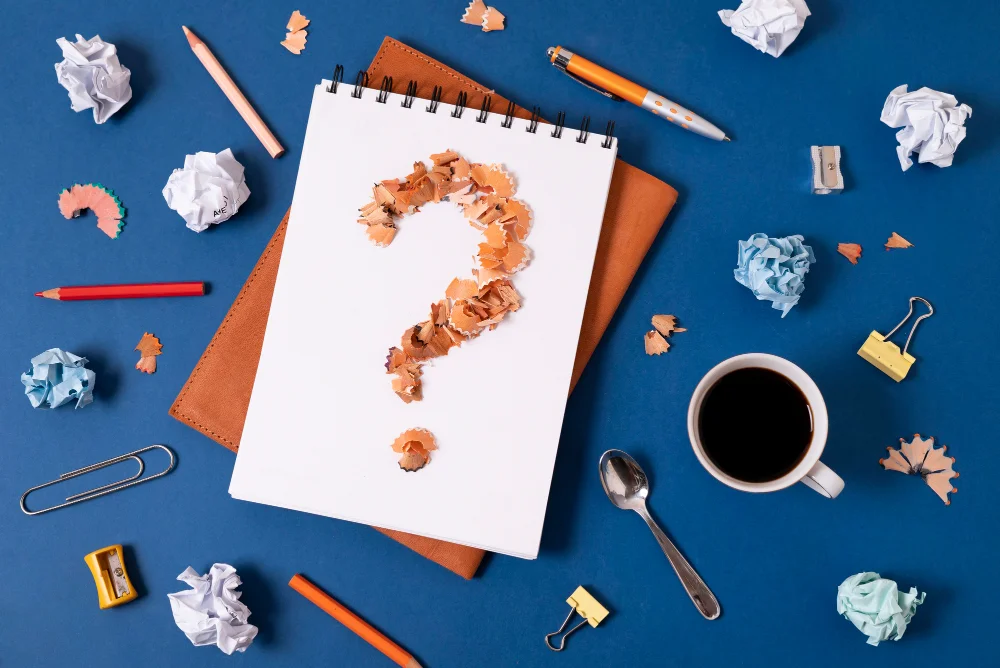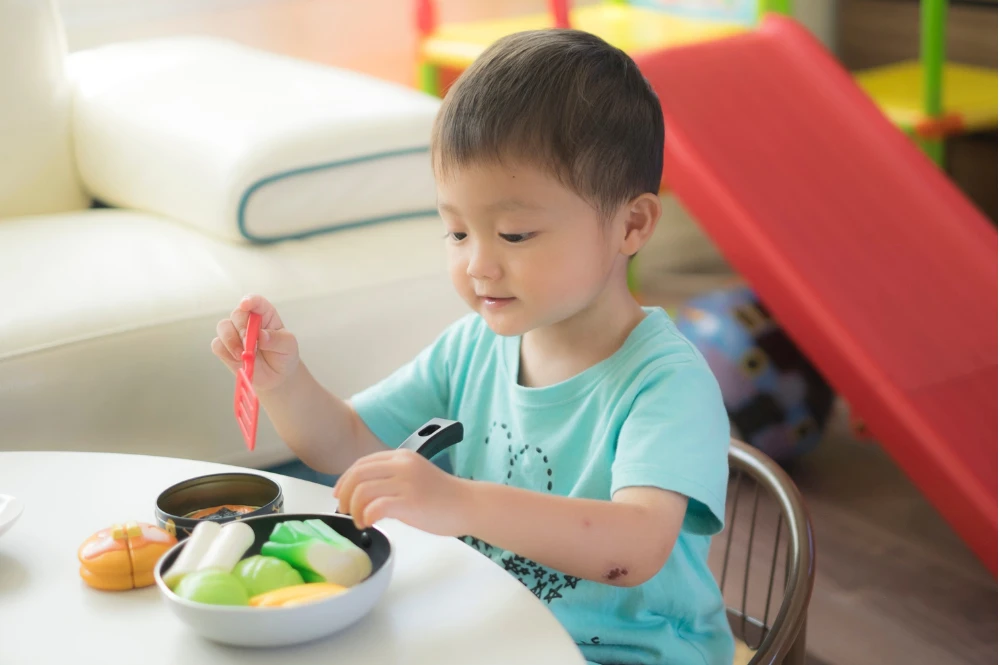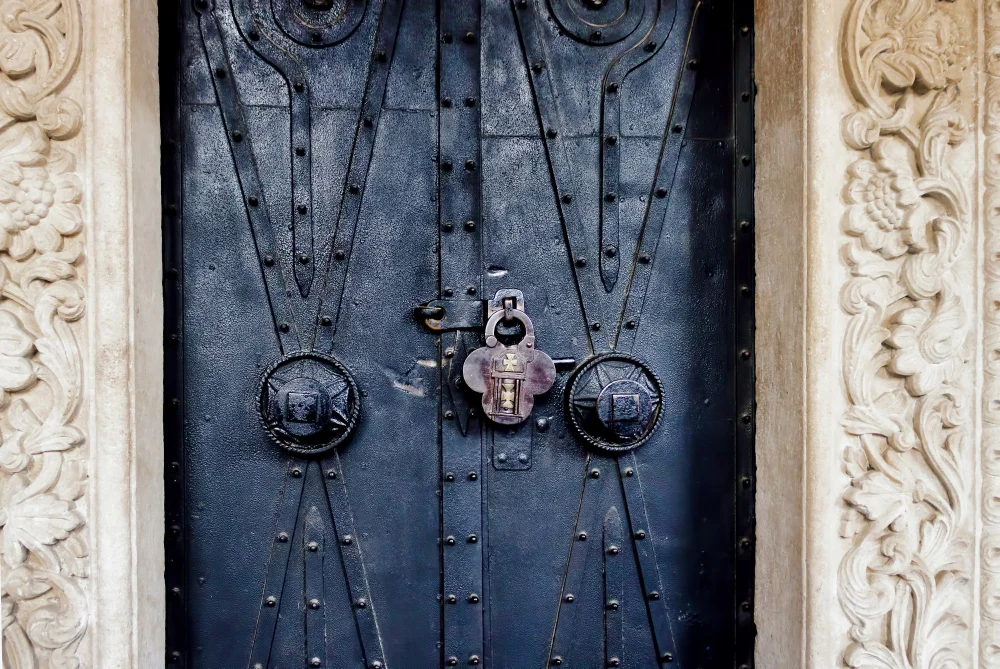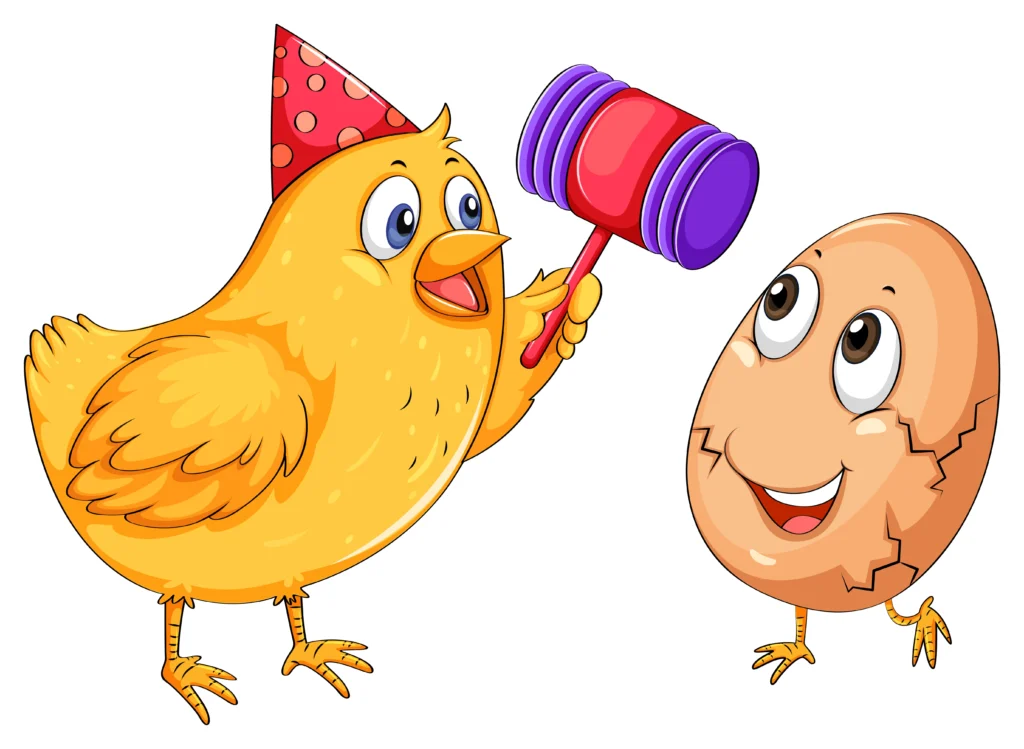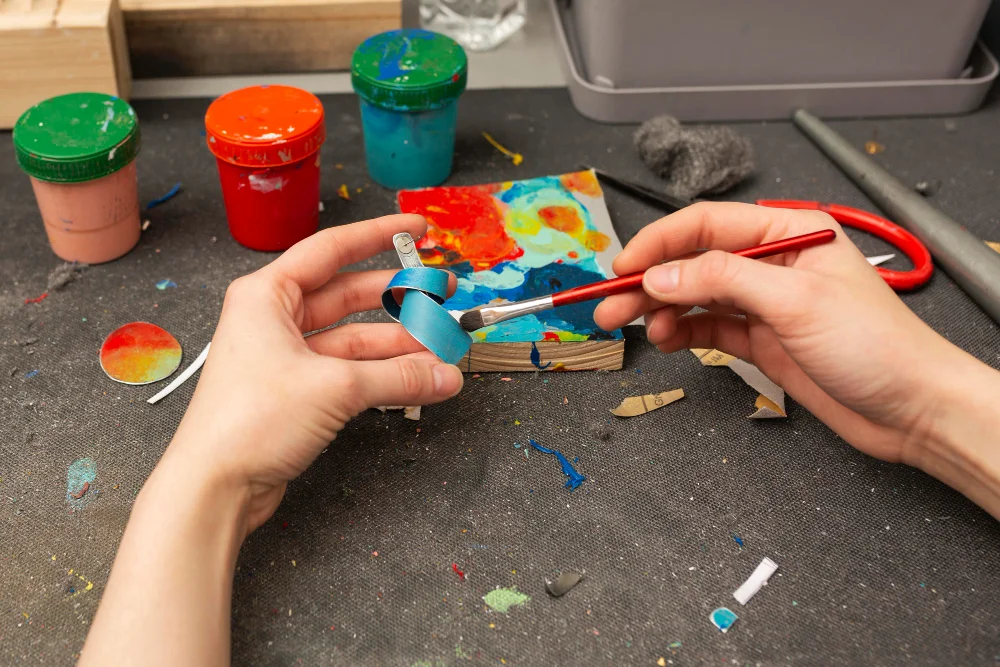Have you ever stared at an image and felt that something was secretly calling for your attention? That moment when your eyes try to decode what’s hidden is the pure magic of a picture of a riddle. It’s not just an image; it’s an invitation to think, explore, and discover meaning beyond what you see.
In today’s visual world, people love challenges that engage both sight and intellect. A picture that hides a riddle is not only fun, it also strengthens memory, attention, and problem-solving skills. Whether used in classrooms, games, or online posts, these visual puzzles make the brain light up with curiosity.
The Psychology Behind a Picture of a Riddle
Humans are naturally drawn to patterns and mysteries. When you see a visual puzzle, your brain instantly starts searching for meaning. This happens because our minds crave closure, and we want to fill gaps, solve mysteries, and find what’s missing. That’s why a picture of a riddle captivates people of all ages and cultures.
Psychologists explain that when you try to solve visual riddles, your left brain handles logic while your right brain manages creativity. Together, they create a perfect storm of focus and imagination. This makes solving such images both satisfying and mentally stimulating.
A good riddle image also triggers dopamine the brain’s “reward chemical.” That’s why the “aha!” moment when you finally see the hidden object feels so satisfying. It’s the same rush that makes brain teasers, optical illusions, and hidden-object games so addictive.
How to Design an Effective Picture of a Riddle
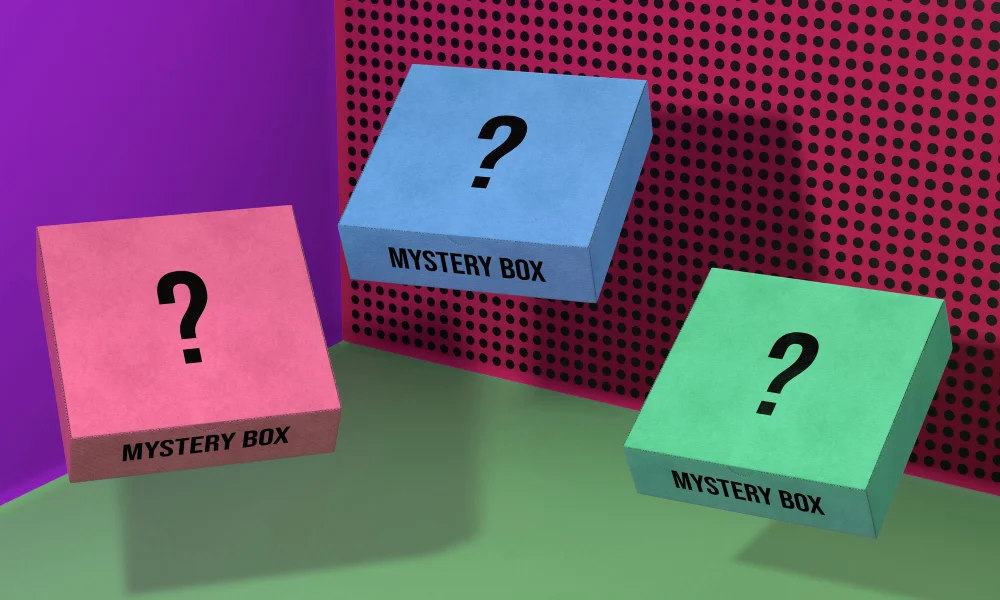
Creating a truly clever picture of a riddle takes art and science. You must balance simplicity with challenge; if it’s too easy, it’s boring; too hard, it frustrates. The goal is to guide the viewer’s eye subtly toward discovery.
When designing one, begin with a concept: what question or emotion should the image evoke? Then think about layout colour contrast, lighting, and visual hierarchy. The riddle should blend naturally into the scene, not look like it’s pasted on.
Educational & Creative Uses of a Picture of a Riddle
A picture of a riddle isn’t only for fun; it’s also a strong educational and creative tool. Teachers, psychologists, and marketers use these puzzles to enhance engagement and critical thinking.
In schools, picture riddles help children observe details, think logically, and collaborate in groups. They’re especially useful for visual learners who grasp information better through imagery. In corporate workshops, they serve as ice-breakers or creative warm-ups. Even marketers use riddle images to increase user interaction and shareability on social media.
Real-world advantages of Picture of a Riddle
- Boosts focus and attention span: students learn to look beyond the obvious.
- Improves problem-solving: encourages multiple approaches to one question.
- Builds teamwork: groups can collaborate to solve complex visual puzzles.
- Increases social engagement: people love sharing and challenging others online.
- Enhances creative confidence: makes people think visually and critically.
Every well-designed riddle picture becomes a silent teacher, guiding viewers to think deeper and notice more.
Common Mistakes to Avoid When Creating Visual Riddles
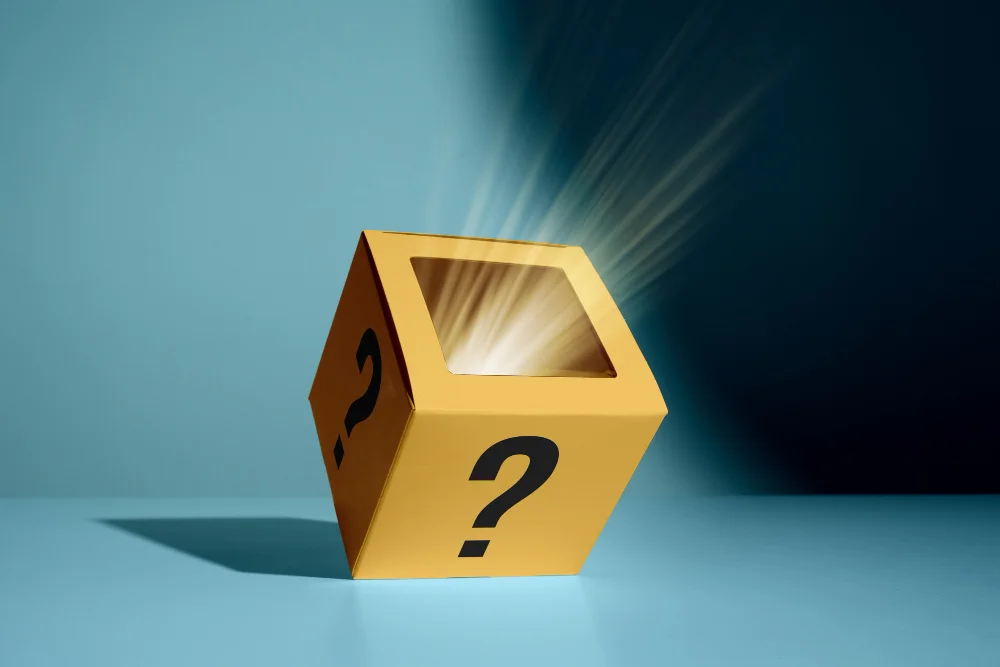
Not every image riddle achieves its purpose. Many fail because they ignore the viewer’s perspective. One of the biggest mistakes is over-complication. A riddle should be challenging, not confusing. If the image is crowded with irrelevant details or inconsistent shadows, users lose interest fast.
Another mistake is poor color contrast. If the hidden object blends in too much or relies only on color difference, people with vision difficulties will struggle. Also, remember the mobile audience: if your riddle only works on big screens, half your viewers will miss the point.
How to Use a Picture of a Riddle in Digital Content
Visual riddles can make your digital content stand out. They work brilliantly on blogs, Instagram, Pinterest, and even classroom presentations. To use them effectively, match the image to your content’s purpose. For instance, a travel blogger can post a riddle about hidden landmarks, while an educator can use it to test observation skills.
When embedding riddles, write engaging captions. Phrases like “Can you spot the difference?” or “Find what’s wrong in this picture” instantly trigger curiosity. After a few days, reveal the answer and explain it briefly. This drives return engagement.
Tips for online use: Picture of a Riddle
- Always add alt text with descriptive keywords for SEO.
- Using medium difficulty puzzles that are too easy or too hard reduces interaction.
- Include a clear call to action: “Comment your answer below!”
- Post consistently to keep your audience active and expecting more.
- Encourage followers to submit their own riddle pictures for community growth.
These practices turn a simple image into an engagement magnet perfect for blogs, quizzes, and social challenges.
The Cognitive Benefits of Solving Riddle Pictures
Now let’s explore the deeper side. Solving visual riddles is like a gym workout for your brain. Every attempt strengthens neural pathways responsible for focus, perception, and analytical reasoning. Children learn to differentiate patterns, and adults enhance memory retention.
Scientists also note that solving such puzzles boosts problem-solving flexibility, the ability to approach problems from different angles. This skill is vital for learning, creativity, and even professional success. Moreover, since riddles create small doses of stress and excitement, they train the brain to perform better under pressure.
Integrating Visual Riddles into Teaching and Training
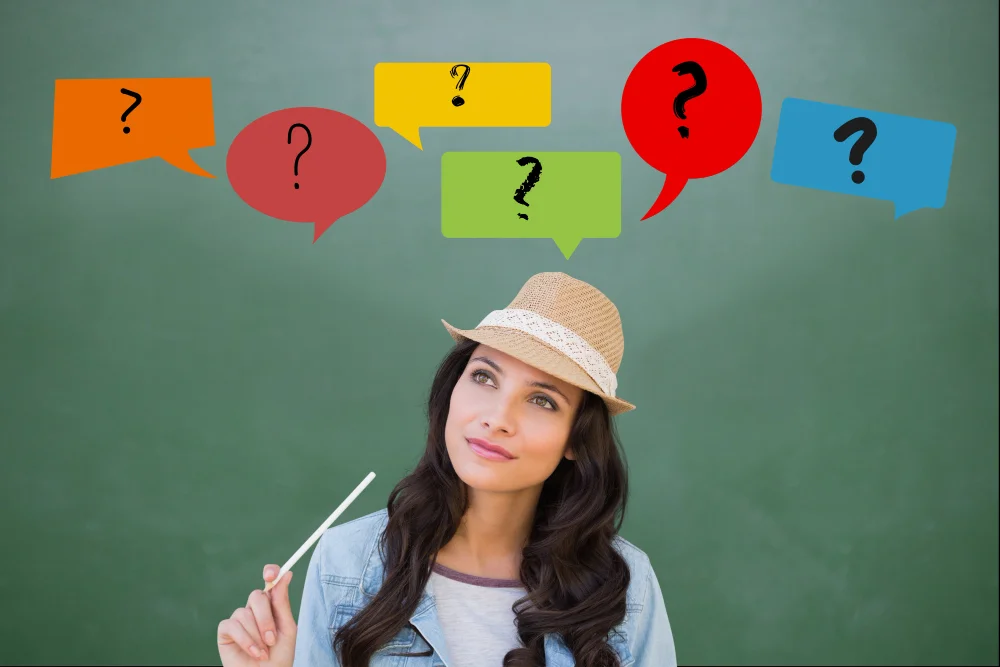
Integrating visual riddles into teaching and training makes learning more engaging, interactive, and thought-provoking. These image-based puzzles stimulate both sides of the brain, boosting creativity while enhancing problem-solving skills.
Whether used in schools, universities, or professional workshops, visual riddles turn ordinary lessons into fun, memorable experiences that encourage participation and critical thinking.
1. Encouraging Critical Thinking
Visual riddles challenge learners to observe carefully, analyze patterns, and interpret meaning beyond the obvious. This enhances logical reasoning and helps students connect abstract ideas with visual clues.
2. Enhancing Memory Retention
When lessons include riddles with pictures, learners remember concepts more effectively. The brain processes visual content faster, making it easier to recall information later.
3. Promoting Collaborative Learning
Group-based riddle-solving activities build teamwork, communication, and decision-making. Learners exchange ideas, debate possibilities, and collectively arrive at solutions.
4. Making Complex Topics Simplified
Teachers can use picture riddles to simplify difficult subjects, such as mathematics, history, or science. By linking visuals with tricky ideas, students understand faster and stay interested.
5. Boosting Creativity and Imagination
Visual riddles inspire learners to think outside the box. They encourage innovative approaches to problem-solving and develop imagination, which is essential in both academic and professional settings.
Why Riddle Images Go Viral Online
If you’ve ever seen “Spot the Cat” or “Find the Hidden Face” images on social media, you know how addictive they are. A picture of a riddle thrives online because it’s shareable, emotional, and interactive. People love testing their minds and challenging friends.
Emotion plays a big role. The moment of solving brings a micro-reward of pride and satisfaction, prompting users to share the experience. On platforms like TikTok or Instagram Reels, creators even turn riddle pictures into short guessing games or reveal videos.
For those who enjoy interactive challenges, combining riddles with hands-on projects can be especially engaging, such as DIY crafts with mirrors, where creativity and problem-solving go hand in hand.
Secrets of viral success
- The challenge triggers curiosity loops that people can’t scroll without trying.
- Quick interaction fits perfectly with short attention spans.
- Solving creates an emotional reward, boosting social sharing.
- Content feels personal, users test themselves, and tag others.
- Every share multiplies visibility, giving exponential reach potential.
That’s why marketers and educators alike use these puzzles; they blend entertainment with engagement perfectly.
Conclusion: Picture of a Riddle
The charm of a picture of a riddle lies in its blend of simplicity and mystery. It connects art, psychology, and storytelling into one visual experience. Whether used for teaching, entertainment, or digital marketing, these images strengthen observation, spark curiosity, and unite people through shared discovery.
When you create or share one, remember: clarity, balance, and purpose are key. Make it beautiful enough to attract eyes and mysterious enough to hold them. In a world overflowing with fast content, a picture of a riddle forces people to stop, think, and enjoy the thrill of the unknown, and that’s what makes it timeless.
